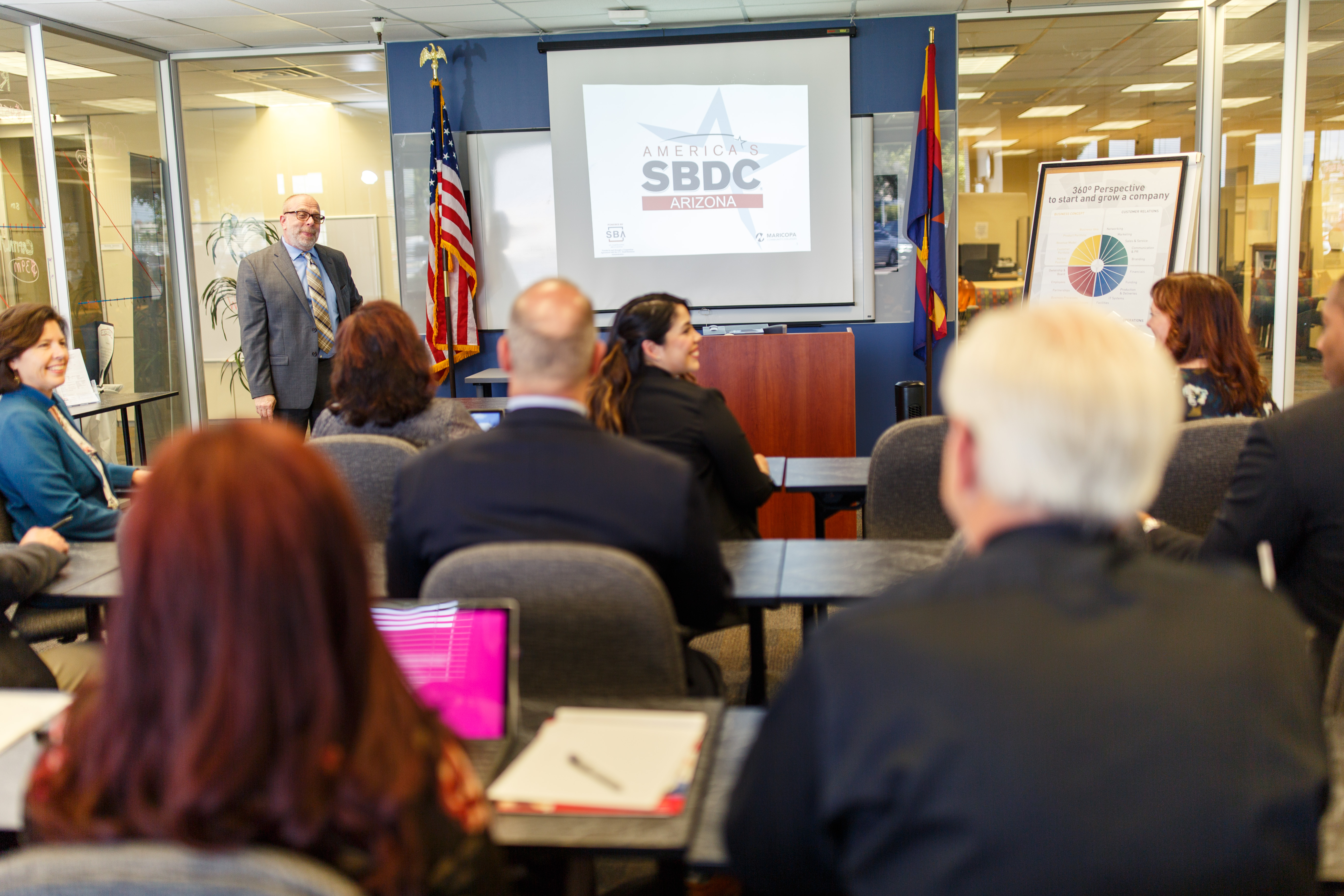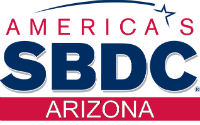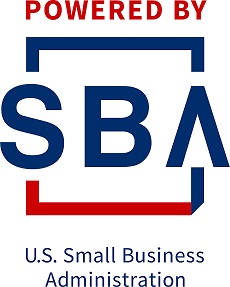
Recently, I came across a book I haven’t opened in a long time. It’s called 1001 Ways to Reward Employees, by Bob Nelson. The book (now updated to 1501 Ways to Reward Employees) lists a variety of ways to recognize achievement. These include no cost ideas such as one-minute praises and bravo cards, to low cost ideas like bringing the person a bagged lunch for a week from a gourmet sandwich shop. It also lists more expensive rewards, such as trips, dinner for two, and gift certificates.
In my experience, how the rewards are delivered is critical. If the praise isn’t heartfelt and the recognition is done to fulfill the requirements of a weekly recognition program, the staff will not feel appreciated. It won’t feel authentic and they will grow to resent it.
So before you launch a recognition program, be sure to clearly define the scope of the program, and the types of behavior you want to recognize and why. Are you doing this just because you heard from others that employee recognition is important? Or are you doing this to try to shift behavior, create a new culture, and/or work towards a long-term organizational goal? Could that goal be to turn your organization into an “Employer of Choice” as my colleague mentioned in his blog article last month?
Ken Blanchard has written a great deal about the subject of leadership and building high performing teams. Praise needs to be authentic and heartfelt. In his book, The New One Minute Manager (co-authored with Spender Johnson) Blanchard talks about catching people off guard doing something right. Then giving them praise at that moment to recognize achievement. Those are the “one-minute praises”. Don’t wait until the staff gets together for a team meeting and then give the praise. Give the praise immediately even if no one else is around to hear it.
On the other hand, if it’s appropriate to give praise in a public setting such as a staff meeting, do so, but make sure you gave the individual a one-minute praise beforehand, even if it was days before. The public recognition will be an additional and more well-received reward; especially when the behavior being recognized fits within the scope of the rewards and recognition program you’ve established.
On the flip side, Blanchard talks about one-minute redirects to address mistakes and fix performance issues. This is a way to provide immediate, constructive feedback to a team member that enables that person to correct their behavior or mistake immediately. Employees need to be held accountable both for good and poor performance. They will respect you more for addressing both good and poor performance in a timely fashion.
The updated version of the book outlines the following steps to do to prepare for the “one-minute redirect”:
“Set One-Minute Goals
You won’t be able to point out when an employee hasn’t performed up to standards if you never set those standards in the first place. It’s not fair (and it’s ineffective) to reprimand someone for not doing something they didn’t know they were supposed to be doing. Check that the goal is clear too. Sometimes, goals can be unclear, unrealistic, or poorly designed. That’s ok. Just make sure you take responsibility for that as the manager and clarify the goal with your employee.
Set Expectations
As with one-minute praisings, set expectations beforehand by telling employees that you’ll be giving immediate feedback. This matters even more with one-minute redirects: it’s hard for anyone to hear negative feedback about their performance, no matter how constructively you deliver it as their manager. Setting expectations early minimizes the potential that they’ll feel so blindsided by your criticism that they don’t hear it and don’t learn anything from it.
Also, only redirect people who have the experience to know better. As we’ve seen, people who are just starting out need encouragement and positive reinforcement. Unless it’s an extreme example, you don’t want the first feedback you give to a new hire to be negative.
Giving One-Minute Redirects
Once you’re sure you need to re-direct, the one-minute redirect has two distinct halves. The first half focuses on the mistake itself.
Begin Immediately
Begin the redirect immediately following a mistake. Again, delay only breeds resentment and confusion, particularly with negative feedback like this. If you spring it on them weeks later, your employee will feel like you were being dishonest by not mentioning it during all of the intervening time.
Be Precise
Confirm the facts and explain precisely what went wrong. Tie it to the employee’s one-minute goals so that they clearly see the disconnect between the desired results and the actual performance.
For example, “That report you just delivered was past the deadline that we had set out in your goals. It was also poorly researched and incomplete because you omitted these items.” Your employees won’t learn from mistakes without this degree of specificity.
Explain Why
Explain your feelings as a manager (anger, disappointment, frustration) and why their mistake hurts the organization.
For example, “I’m disappointed because we were depending on that report to establish our quarterly marketing targets. Because you submitted a subpar report, we’re going to have to revise our targets downward, which sets the whole company back.”
This connects individual performance to company results. In effect, you’re saying, “By not pulling your weight, you’re hurting the goals that we’re all working towards.”
Pause and Let the Employee Reflect
After this, take a pause for a few seconds, and let your employee feel concerned about the impact of your words. Then, you’re ready to begin the second half, focusing on the person.
Don’t Make It Personal
Keep it about the issue. One-minute redirects are not meant to be punitive; they’re meant to be instructional.”
All that being said, here are some unique ideas I came across in the book,
1501 Ways to Reward Employees that can be used to recognize achievement.
-
- Close a few hours early one day and take everyone to a shopping mall. Give each person $25 to spend and tell them to gather together in one hour. Then share and compare what each person bought with their $25 and why they chose the items(s) they did. This could be instead of a holiday or sales bonus.
- Hold occasional fun contests. These should be planned by the managers, not the staff. If staff members are assigned on a rotating basis, it becomes another chore or work-related task, not a fun event. Contests can include St. Patrick’s Day or Halloween costume contests, or themed pot luck dish competitions. Rewards can be cash and/or gift certificates for restaurants, movie theater tickets, sporting events, etc.
- Celebrate a Day of Excellence once a year with fun learning activities for all employees. Or let each staff person choose a day during the year that is their “special day”. Managers then surprise that person with fun activities during lunch or late in the afternoon of that day.
- Take the afternoon off once a year and take the team out for a fun afternoon of team building. Have participants pair off and compete in water pistol games or brain teaser exercises or puzzle activities. Or take everyone to play miniature golf and have fun prizes for first and second place. Include snacks and drinks or cash for each person to buy their own.
- Set up a money-saving suggestion awards program. One company awarded $50 to $150,000 for money-saving ideas for suggestions with tangible benefits like improving health, safety or customer service. The amount of the reward is tied to measureable savings at incremental levels.
The Maricopa SBDC business advisors can work with you strategize about these concepts and help you develop the right kind of recognition and performance process to improve team morale and help turn your company into an “Employer of Choice”. Reach out to your business advisor or if you’re new to the SBDC, register for assistance on our website.




